**SPOILERS AHEAD**
A straight male colleague of mine once told me he genuinely enjoys the attention of gay men. We were working on a festival together and the host and owner of the farmstead was a rugged, grizzled gay man living in the middle of the mountains. He was an old friend of the production team’s and was well known for teasing and flirting with all the guys that came to roll up their sleeves and get stuck into running the event.
When I asked my colleague how he found our host’s suggestive remarks and playful touch he said, “I like it. It’s fun. Nobody flirts with us the way gay men do. Women certainly don’t. It’s kinda nice to be treated that way.”
I was taken by my colleague’s candid reply, and, on reflection, could see exactly how flattering, affirming and nurturing gay male attention could be for a straight man. It does indeed occupy a very unique space: Gay men have an entry point that women don’t get access to in the power dynamic. Their care, objectification, admiration, sincerity and affection comes wrapped up in a package of maleness – a shape that is strangely powerful in its ability to encompass both brotherhood and loverhood.
Bobby Berk, Karamo Brown, Tan France, Antoni Porowski and Jonathan van Ness, the cast of Netflix’s revival of Queer Eye, are a far cry from “the five cheerfully judgy taste mavens” of the original series. The new Fab Five are the vessels of pure, joyous, generous, unfiltered affirmation and watching men come alive under the warm glow of their tender concern makes my heart burst every time I watch an episode.
The series does so much right. Here’s how:
- It’s set in and around Atlanta, Georgia
Queer Eye instantly proves its commitment to realness by stepping away from the liberal safety and glamour of New York, Los Angeles, or San Francisco and, instead, makes the pointed decision to base itself out of Atlanta, Georgia.
I can’t help but hold my breath every time I watch the five very out men walk into establishments and homes that have never seen anything like them before. Initially I was concerned that the whole setup was just a gimmick for “good TV”, but I believe the decision place the cast in such a potentially hostile environment was based on something deeper than sensationalism.
When their first makeover, Tom Jackson, chats to interior designer Bobby about his marriage, he asks, “Are you the husband or the wife?” Bobby and Jonathan gently but firmly unpack the misconception while Tom listens intently. It’s almost as though the awkward question unlocks something for Tom, because, minutes later, while strolling through a mattress store, he throws caution to the wind and joins Bobby and Jonathan for a raucous romp on a prospective new mattress.
The moment is fleeting, but it strikes a chord. It could very well be one of the best understated moments on reality television. Spontaneous, free and playful affection towards other men isn’t something we’re used to seeing in a 57 year old straight man from Dallas, Georgia. It is so far removed from restrictive ideas of masculinity and of the fear of the other that it comes as a wonderful surprise to a liberal audience that might have a few preconceived ideas of their own about the conservative South.
By dropping five homosexuals straight into rural, southern, bible-bashing territory, the show forces confrontation and connection, and, in some symbolic way, creates the opportunity to unite a divided country.
- It shows that there’s no one way to be gay
Back in 2003 when the first iteration of Queer Eye hit TV screens, the cultural climate in the United States and the world was very different. There wasn’t as much LGBTQ visibility on mainstream television, so, in that sense, the show was an important milestone. The tone it struck at the time, however, has dated drastically since. “The premise (relied) on the stereotype of gay men as experts in matters of fashion, style, personal grooming, interior design, and culture,” and, rewatching clips of the original, the whole thing comes off as rather shallow and incomplete – not unlike the stereotype on which it was founded. In its defense, it’s more than likely that palatable stereotypes were all that conservative America was prepared to digest at the time.
Since then, however, things have changed. LGBTQ visibility has both broadened and deepened. Same-sex marriage has entered into law. Tan France, Queer Eye’s new fashion expert, explains that, “The original show was about fighting for tolerance. Our fight is for acceptance.” The nuance makes a world of difference.
There is something deeply real about the the new Fab Five. They are three-dimensional individuals, united by their sexual orientation, but each one a unique manifestation of what being a gay man can mean. From Karamo’s quiet, understated power, to Jonathan’s fearlessly flamboyant femininity, the show gives the audience an opportunity to meet five radically different and very whole examples of gay men.
- It does diversity right
The creators of the new Queer Eye were clearly dedicated to diversity, starting with the cast they selected to be the new Fab Five: Karamo has Jamaican roots, Tan is half Pakistani and comes from England, Antoni is Canadian, Jonathan grew up in a small town in the Midwest, and Bobby was raised a devout christian. Their heritage, faiths, and life-paths are all distinct.
The same goes for all the men that the Fab Five make over. There are cops, christians, fathers, stand-up comedians, hindus, rednecks, sons and firemen. The carefully curated selection of men that the Fab Five get to meet were clearly chosen because they would both challenge and speak to each of the cast in very particular ways. For example, Karamo clearly relates to the struggles of a young black man who’s afraid to come out of the closet, but meeting a Trump supporting cop challenges him to push past his discomfort and meet the man behind the badge.
- It refuses to avoid tough conversations
“My kid didn’t want to get his licence because he was scared he was going to be pulled over and shot by a cop.”
Karamo’s words settle heavily between him and Cory, a white policeman from Winder, Georgia, as they drive back from Atlanta together. The private and the political intermingle in this way throughout the show. From Tan’s subtle jokes about being a target of suspicion as a Pakistani in America, to Bobby’s heartfelt stories of growing up gay in the church, Queer Eye is unmistakably of its time and engaging with its time.
The show doesn’t just tackle tough conversations on a macro level, though. The Fab Five are gifted at gently, naturally drawing out the often buried emotions of the men that they meet. After a quick analysis of the sticking points in each one’s life, the cast’s insightful questions open men up to difficult discussions about grief, depression, guilt, heartbreak, and burn out.
- It’s all about the tears
There’s no such thing as enough male tears on TV and Queer Eye has plenty of them. There are tears of joy, there are tears of pain, there are tears of love and of relief, and all the way through the camera is unflinching, allowing us to stay with the emotion and shed a little tear or two of our own.
The raw emotion is testament to the authenticity of the Fab Five. They’re wholeheartedly invested in the men they meet and it shows. “We have fallen in love with you,” Karamo says to Tom. “I really didn’t expect to have this moment with you. You are such an amazing man.” Tom wells up instantly. I’m willing to bet that being shown that kind of care would make just about anyone cry.
- It challenges traditional ideas of masculinity
In the wake of the #MeToo phenomenon, my mind has been full of stories of tyrannical masculinity and the micro violences women experience every day from men. The feminist Instagram accounts that I follow all emphasise the importance of self-care in the face of a hostile patriarchy and a hostile presidential administration.
Watching Queer Eye, I’m struck by how there are many men out there who are also suffering in very intimate and vulnerable ways. The show lets us into the lives of men carrying the heavy burden of loss, men with devastatingly low self-esteem, men who have pushed themselves to the limits of self-sacrifice, men who are caught in a powerless limbo – and unlike the active and empowered feminists on Instagram, there’s no one in their lives telling them that, to quote Jonathan, “It’s OK to have a relationship with yourself.”
“My goal,” says Antoni, “is to figure out how similar we are, as opposed to how different we are.” I see the show as stripping away sexual orientation and gender so that the audience can have direct access to raw human experience. Queer or straight, male, female, non-binary – no matter where we fall on the spectrum – we all just want to be loved.
Queer Eye feels part of a greater shift in redefining masculinity and comes as a much needed reminder and affirmation that men are allowed to:
- Open up
- Feel sexy
- Feel sad and cry
- Take care of their appearance
- Take up space
- Heal
- Make an effort
- Make time for themselves
- Touch and hug
- Ask for support
- Need love
The Fab Five make room for all the men they meet to do and feel these things, and the results are incredible. Men that are shut down, faded, and only half there slowly come back to life. They make eye contact, drop their defenses, become more verbal, more expressive, more playful. They suddenly have an opinion and a voice.
“They were so open with me,” explains Tom to the ex-wife he’s still deeply in love with, “and I was open with them.”
There lies the magic.
Written by:
Jo Jackson
Twitter: @jojacks0n
Instagram: @koeksisters


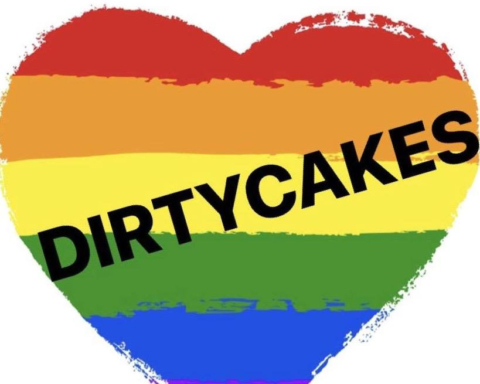
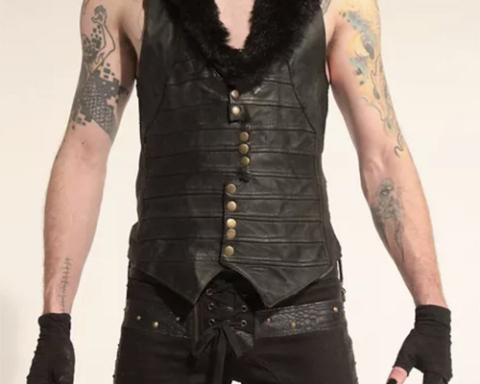
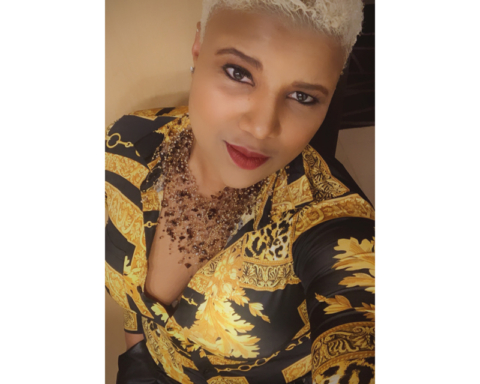
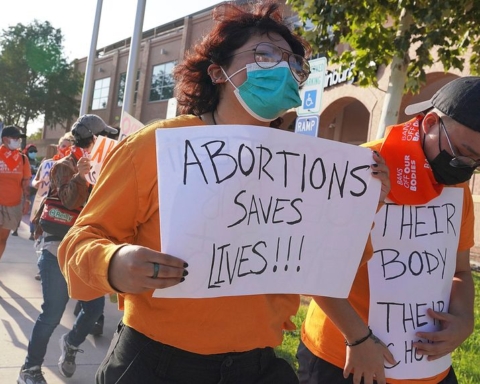
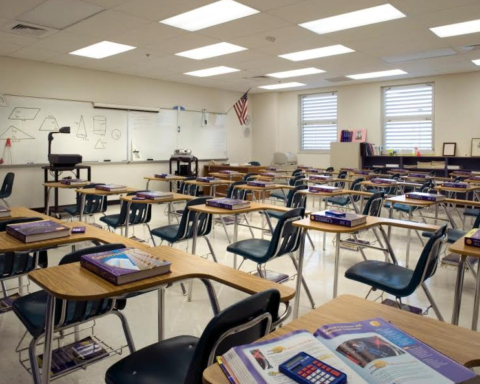
[…] Published by: The LGBT Sentinel […]